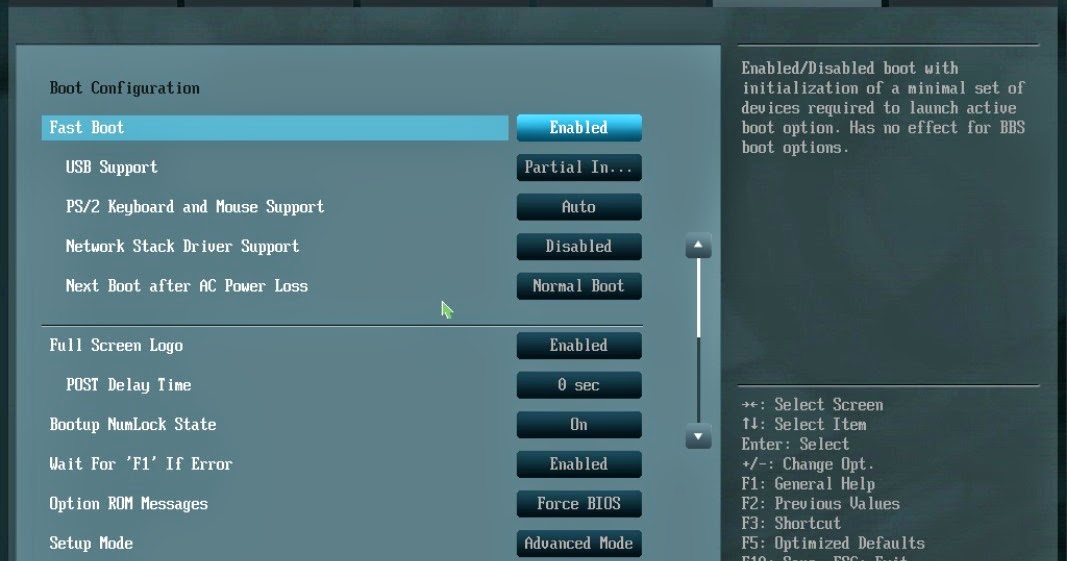When Windows 8 rolled up to the curb, Microsoft did its best to enforce a protocol known as Unified Extensible Firmware Interface (UEFI) Secure Boot. This was to be a modern replacement for the aging BIOS system and would help ensure boot-time malware couldn’t be injected into a system. For the most part, Linux has overcome those UEFI hurdles. However, with Windows 10, those hurdles could be returning.This BIOS replacement, UEFI, caused some serious problems with “alternative” platforms. For some time, it was thought UEFI would render Linux uninstallable on any system certified for Windows 8 and up. Eventually Microsoft saw fit to require vendors to include a switch that allowed users to disable UEFI, so that their favorite Linux distribution could be installed. And then some Linux distributions set out to fully support Secure Boot (Red Hat, Ubuntu, SUSE, to name a few). This was accomplished by these particular companies purchasing digital key that would then allow their bootloaders to pass the UEFI firmware check. With that, those distributions have no problems dealing with Secure Boot.
Continue Reading
Next
« Prev Post
« Prev Post
Previous
Next Post »
Next Post »
Subscribe to:
Post Comments
(
Atom
)
